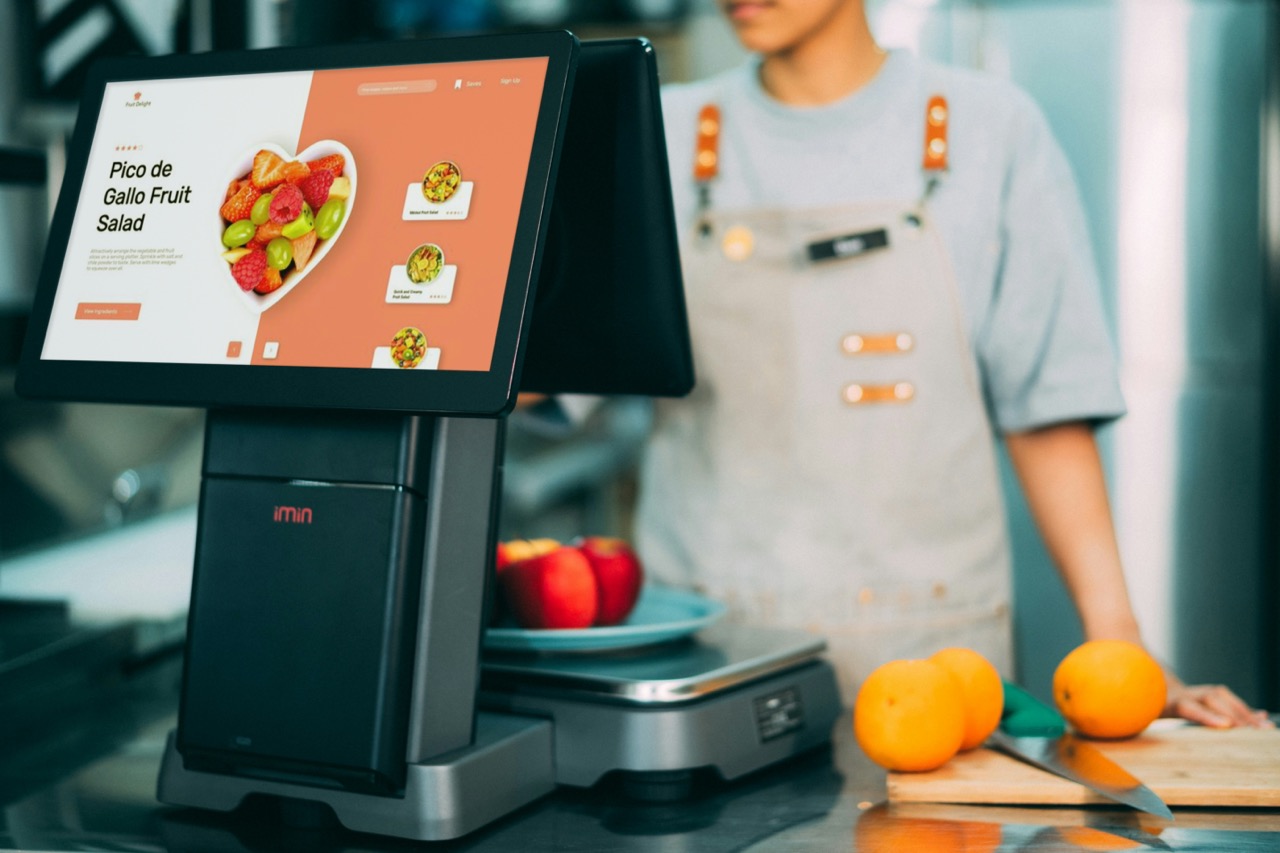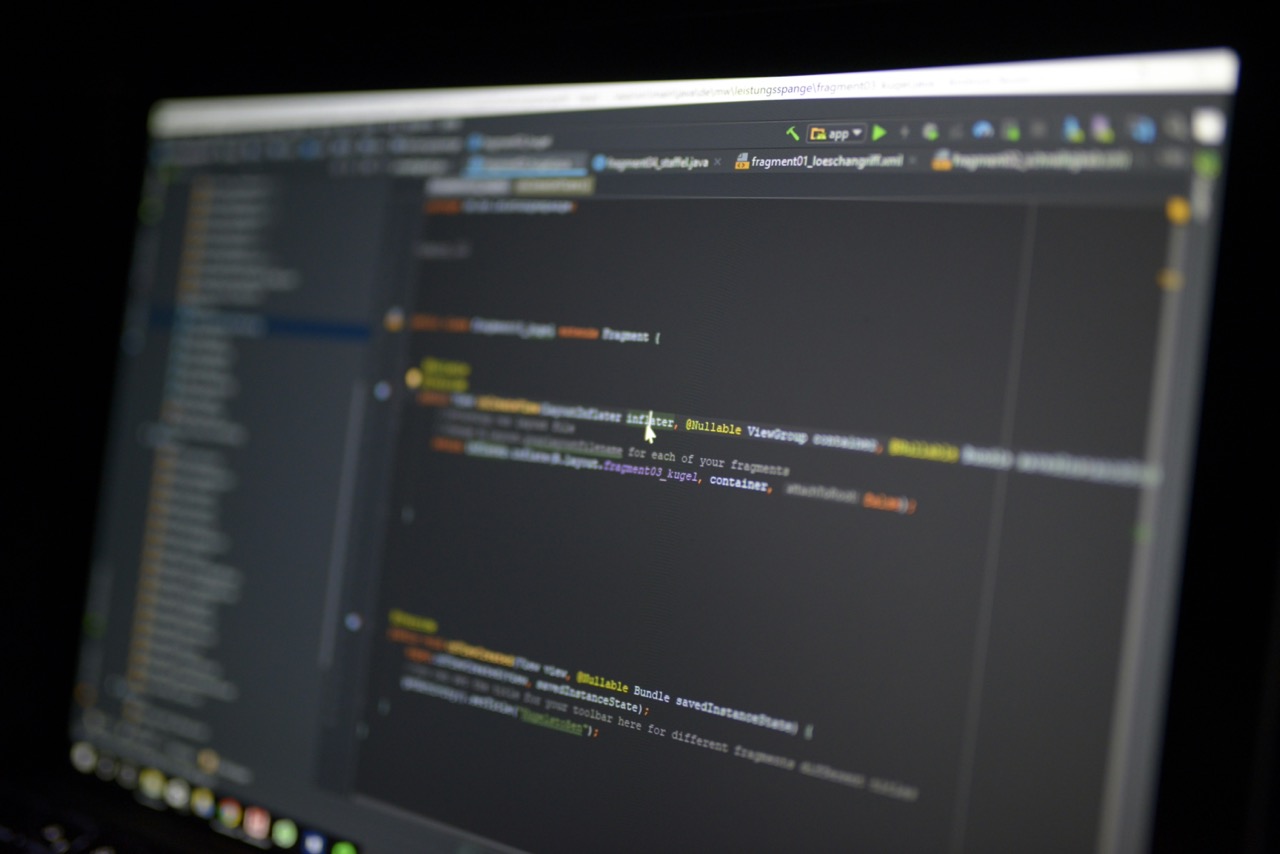Securing Restaurant Software is not just a necessity, but one of the basics for smooth and successful business operations. With each passing year, as the use of technology increases, threats to software are evolving to be more diverse and dangerous. Consider why particular care must be taken regarding restaurant software security and what are the dangers in this area.
Why is security important in the restaurant business?
- Security of customer information. Restaurants collect and store all kinds of personal data, like names, addresses, and payment details. The loss of this information can lead to serious repercussions for the customers and business alike.
- Reputation maintenance. Incidents of data leakage or cyberattacks can cause irreparable damage to the restaurant’s reputation. Customer trust can be lost in seconds, and its revival will become very difficult.
- Adherence to the law. As data protection laws increase in countries, restaurants have to comply with the law. Non-compliance with the regulations will invite penalties and litigation.
Current threats and risks facing restaurant software

Some current threats facing restaurants are:
- Malware and viruses: Malware will grant no access to systems or steal data. This will not just lead to loss of money, but also bring the entire establishment to a standstill.
- Phishing and social engineering: Hackers employ different techniques to deceive employees and gain access to systems. For example, in the guise of technical support, they may request passwords or access to critical information.
- Threats from employees’ side internally: Not all threats are always external. It should be remembered that employees can unknowingly or deliberately harm a company if they are not properly trained and made aware of cyber threats.
In the face of increasing threats, restaurants have to devise sound protection mechanisms, optimize their software and train personnel. Having outlined these aspects, Celadonsoft is optimistic that restaurants will not only be able to Securing Restaurant Software their data but offer clients a protected atmosphere as well. In the latter part of the article, we will discuss detailed analysis of the threats and propose means of overcoming them. Also, click here to enhance Celadonsodt’s experience in food development.
Threat analysis: the primary kinds of cyberattacks on restaurants
As technology is developing at a rapid rate, the restaurant industry is vulnerable to emerging threats in cybersecurity. Cyberattackers get more ingenious every day, and restaurant owners must be alert to the security of their software at all times. Let’s examine the primary kinds of cyberattacks restaurants can be vulnerable to.
Malware and viruses
Viruses and malware are some of the most common threats. They infect restaurant management software, slowing it down and immobilizing business processes. Malicious code can be transmitted via:
- External devices (flash drives, external hard disks);
- Internet (downloading untrusted programs or files);
- E-mail (phishing investment letters).
Protection involves installing new antivirus software and regular threat scans.
Fishing and social engineering
Phishing is the most deceptive attack method. Phishers create fake login pages or send spoofed e-mails claiming to be sent from major corporations in an attempt to obtain employee personal data. Countermeasures:
- Conduct regular employee training for identifying phishing attacks;
- Two-factor authentication for all high-risk systems.
Internal employees’ side threats
Do not underestimate internal threats. History has demonstrated that most security breaches are from within an organization, either by negligence or malice. To mitigate such threats:
- Implement adequate internal policies to obtain information.
- Implement the principle of minimum privilege by limiting employees’ access to critical information.
- Implement employee monitoring within systems to detect abnormal behavior.
Therefore, one needs to be aware of what dangers are lurking out there and devise a collective strategy to cybersecurity issues in a bid to properly protect restaurant software. Not only will this rescue your company from financial losses, but it will also keep customers’ trust, which is especially precious in the highly competitive catering industry.
Restaurant Software Protection Strategy

Providing protection for software in the restaurant industry is a key factor to protect business and consumers. As cyber threats are constantly changing with new technologies, it is worthwhile investing in effective security measures to reduce risks as well as gaining trust for your restaurant. Our best strategies on which we operate are given below.
Installation of a multi-level protection system
Apparently, one of the major keys to ensuring Securing Restaurant Software is the deployment of a multi-level protection system that includes:
- Physical protection of servers: protect server hardware from unauthorized access.
- Network screens and firewalls: configure the firewalls to filter unwanted traffic and repel attacks from the outside.
- Intrusion detection systems: use the systems to monitor and scrutinize network traffic in real time.
Regular software updates
Safeguard for your restaurant software is directly dependent on the suitability of its version. Periodic updates guarantee:
- Repairing loopholes which the attackers use to their advantage.
- Adding new features and upgrades which improve overall Securing Restaurant Software.
- Reduces the risk of malware and virus infection.
Schedule periodic checking and updating of your software with a well-defined timeline for these activities.
Staff cybersecurity training
For most of the time, it is the human factor that proves to be the weakest link in the security chain. Training employees in cybersecurity will help:
- Raise awareness for threats like phishing and social engineering.
- Give training to employees to identify and respond to suspicious activity.
- Embrace proper handling procedures for clients’ personal information.
Conclusion
The application of these measures will efficiently mitigate risks and provide good protection for restaurant software. Consider the importance of a comprehensive approach to security, the amalgamation of technical measures and workers’ efforts. Celadonsoft delivers personal solutions aimed at creating secure IT infrastructure for the restaurant business, which will allow your business to focus on providing quality service to customers.
Best practices for data protection
Data protection protocols is a top priority for every restaurant, especially with the increasing threats of cyberattacks. These are the best practices that will protect your business and customer data:
Protection and encryption of customers’ personal data
Encryption of data at all levels — from transmission to storage — reduces data leak risk. Implement encryption methods like AES (Advanced Encryption Standard) to protect sensitive data, like credit card numbers and customer personal information.
Implement strong passwords and multifactor authentication
Weak passwords are one of the most common vulnerabilities. Make sure your employees use secure passwords with a combination of letters, numbers and special characters. With the implementation of multifactor authentication (MFA), you add an extra layer of security by requesting verification of identity on two or more parameters.
Backup and data recovery
Backing up crucial data on a periodic basis will guarantee prompt recovery of the restaurant in case of cyberattack or system failure. Utilize automated backup and store data in secure cloud storage to avoid data loss.
Restaurant software protection technologies
In order to protect restaurant software from the cyber criminal attack, selecting the proper technologies is the most important among all. Below are some latest solutions that will help you provide security:

Introduction to modern security systems
Use integrated security monitoring and management solutions such as SIEM (Security Information and Event Management) and IPS (Intrusion Prevention System). They will provide you with the ability to see suspicious activity in real time and react quickly to incidents.
Integration with cloud services and platforms
Cloud-based platforms do not only ease data handling but also rank highly on security as they are often updated and secured by providers. Use cloud-based POS platforms that come with internal security features and data backup.
Penetration testing regularly
Constant penetration testing will allow you to expose weaknesses in your system prior to attackers identifying them. Hire expert cybersecurity companies to conduct such tests to certify that your software is secure.
With these standards and integration of modern technologies, restaurants will be able to increase the security level significantly and mitigate the susceptibility offered by cyberattacks.
Conclusion: Why Celadonsoft ensures restaurant safety
The increasing frequency of cyberattacks makes restaurant software security a necessary ingredient for business success. At Celadonsoft, we assure providing a comprehensive security plan on technical and organizational aspects to restaurants.
Our main services:
- Vulnerability analysis: We continuously monitor the available systems with a methodical scan of the possible vulnerabilities and suggesting how their removal can be achieved.
- Multi-level protection setup: We set up and install customized security packages of firewall, antivirus, and intrusion detection systems.
- Employee training: We organize employee workshops and training to make them aware of cyber attacks and how to recognize scam schemes.
- Software choice recommendation: We recommend restaurants on choosing the most stable and secure solutions that are best suited for their own operation.
Recommendations for choosing dependable restaurant software:
- Watch over developers’ reputation. Software with a good user reputation will be more secure.
- Look at security features: updates, support of the security system and encryption mechanisms.
- Look at the integration opportunities: new software should interact with other systems, keeping security on all levels.
More reading and resources
To gain a better understanding of restaurant software security issues, we recommend the following informative materials and sources:
- Cybersecurity papers and studies: Reading analytical reports will acquaint you with prevalent trends and threats on the market.
- Cybersecurity courses online: Courses at Coursera and Udemy are helpful in leveling up the skill set of your employees.
- Security Standards Relationship: Study international standards documents like ISO/IEC 27001 to gain information security management practices.
- Forums and Communities: Joining professional forums and discussions like Stack Overflow and Reddit can give useful information and practical security advice.
Through exploitation of such facilities and by embracing guidelines provided by Celadonsoft, eateries have high potential to develop security in the virtual space to reduce exposure to dangers and an environment that protects customers and staff.


